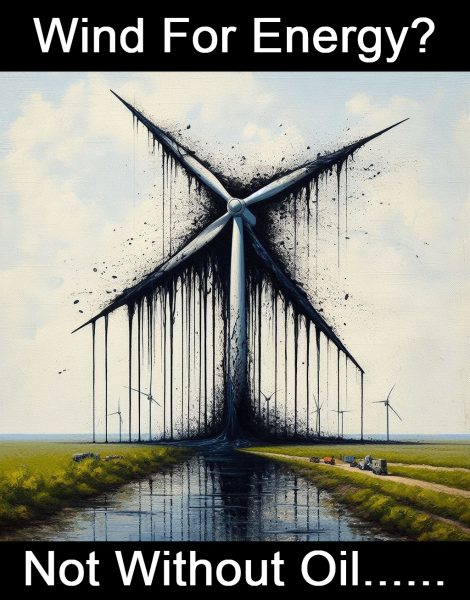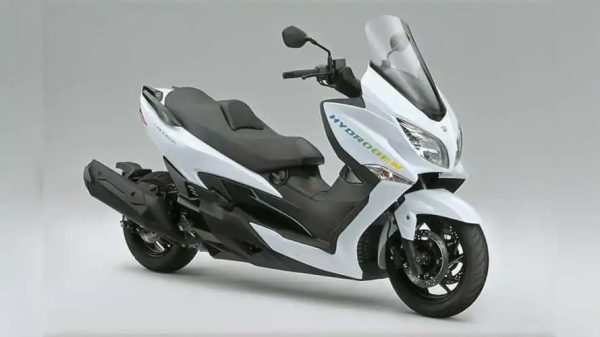THE WHACKY BIKERNET WEEKLY NEWS for January 16th, 2025
I don’t know what to make of it… Hey, As you know, we are rebuilding Bikernet and it’s almost killed us in the process. But there’s hope. I’m working with the museum and the staff didn’t like anything I proposed until it came to our 1st Raffle effort with Danial James art. There’s hope. Our […]
THE WHACKY BIKERNET WEEKLY NEWS for January 16th, 2025 Read More »






